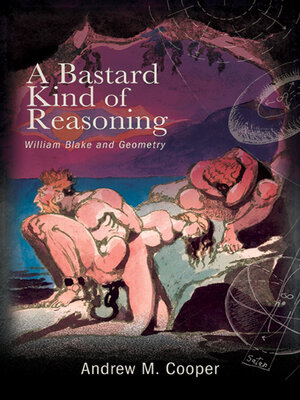A Bastard Kind of Reasoning
ebook ∣ William Blake and Geometry · SUNY series, Studies in the Long Nineteenth Century
By Andrew M. Cooper

Sign up to save your library
With an OverDrive account, you can save your favorite libraries for at-a-glance information about availability. Find out more about OverDrive accounts.
Find this title in Libby, the library reading app by OverDrive.



Search for a digital library with this title
Title found at these libraries:
| Loading... |
What do Einsteinian relativity, eighteenth-century field theory, Neoplatonism, and the overthrow of three-dimensional perspective have in common? The poet and artist William Blake's geometry—the conception of space-time that informs his work across media and genres. In this illuminating, inventive new study, Andrew M. Cooper reveals Blake to be the vehicle of a single imaginative vision in which art, literature, physics, and metaphysics stand united. Romantic-period physics was not, as others have assumed, materialist. Blake's cosmology forms part of his age's deep reevaluation of body and soul, of matter and Heaven, and even probes what it is to understand understanding, reason, and substance. Far from being anti-Newtonian, Blake was prophetically post-Newtonian. His poetry and art realized the revolutionary potential of Enlightened natural philosophy even as that philosophy still needed an Einstein for its physics to snap fully into focus. Blake's mythmaking exploits the imaginative reach of formal abstractions to generate a model of how sensation imparts physical extension to the world. More striking still, Cooper shows how Blake's art of vision leads us today to visualize four-dimensional concepts of space, time, and Man for ourselves.






